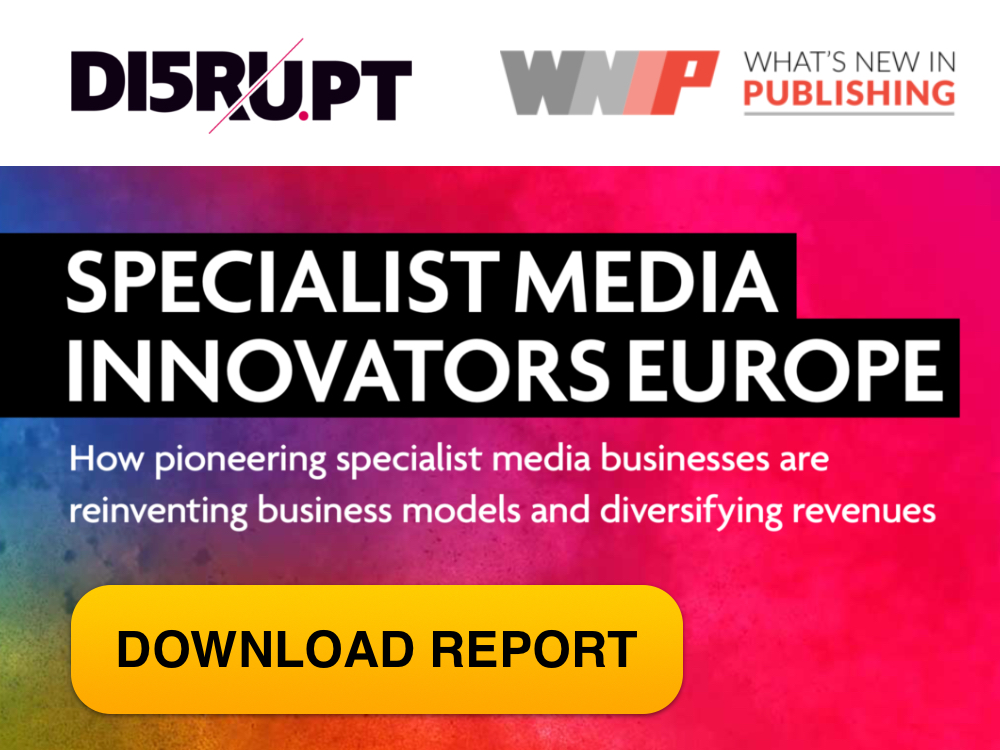|
Getting your Trinity Audio player ready...
|
What if you could scientifically pinpoint the exact moment people’s attention is at its peak? What if you could identify the very instant they’re ready and willing to see something new?
These are the questions Nielsen set out to answer in their latest study on human attentiveness and emotional response with different content experiences, to figure out the antidote to ever-shrinking attention spans.
The human attention span is dwindling
People are now exposed to a firehose of content through various mediums, and publishers are struggling to hook consumers and keep them engaged.
Nevertheless, there are times when users are open to exploring something new, including advertiser messages. These are, what Nielsen calls, the “moments of next”.
The study explores how publishers can capitalize on these moments, what exactly people want to see, and what can publishers serve to keep readers engaged?
Measuring focus and emotional responses, using AI & VR
The study—commissioned by Taboola (which recently acquired Outbrain, combining the biggest content-recommendation companies)—was conducted using BrainVu, a cloud-based technology.
Participants were analyzed using a spectrum of unique eye measurements to identify audience reactions in different environments across several platforms and publications.
Participant responses were measured across two content experiences:
1. Feed: Participants were asked to engage with publisher sites with different end of article experiences, including both a continuous scroll feed and no end of article content.
2. Video: Participants were asked to view the same video ads across YouTube’s pre-roll, Facebook’s feed and content-recommendations.
The captured biomarkers were interpreted to determine user focus and how connected the user was to the content, and they determined whether the interaction between a user and the stimuli elicited an emotional response (either positive or negative). The biomarkers collected were used to interpret and identify brain activity related to emotional alertness, stress, and emotion-related mental effort.
Here’s what they found:
Participants were most open-minded after reading an article. Research participants displayed an 8% lower cognitive load at the end of an article—the “moment of next”—compared to any other point during the article reading experience.
Cognitive load is the total amount of mental effort used in the working memory. When someone’s cognitive load is high, it’s tough to take in new information. When the cognitive load is lower, a person is more open-minded and ready for a new experience.
At this time, they experienced a rapid increase in both attentiveness and emotional response.
“That means advertisers and publishers have a massive opportunity to reach people right when they’re done reading an article,” the study notes.
Publishers, advertisers and all types of digital properties have a massive opportunity at the bottom of the article.
While publishers have long utilized the bottom of the article to introduce new content, what’s interesting about the findings of this study is that rather than discrete pieces of content which is the norm, people actually prefer to see a feed at the end.
Participants were 20% more attentive when presented with a continuous scroll feed compared to articles without content recommendations at the bottom.
People are being fed continuous scroll feeds on almost every major social platform—and there’s a great amount of psychological evidence explaining why this keeps audiences consuming content.
Now, according to the report, publishers can replicate that social experience on the open web by providing a feed of content after their articles. And brands can insert ads that reach people when they’re most attentive.
The study also noted that people aren’t just more attentive with feeds, they’re also more emotionally invested in them.
Why is this continuous scrolling feed so effective? According to the whitepaper, that’s because it’s targeting the audience in the moment they’re most receptive to new content. They’re uncertain about what’s coming next and excited to find out what will come up next in their scroll.
Publishers, who are trying to monetize while maintaining a positive user experience, can take advantage of the “moments of next” when users aren’t being interrupted, and more importantly, they’re searching for something new to engage with.
For more details, Nielsen’s “Moment Of Next” whitepaper is available for download here.
Images/data courtesy Nielsen’s “Moment Of Next” Whitepaper



